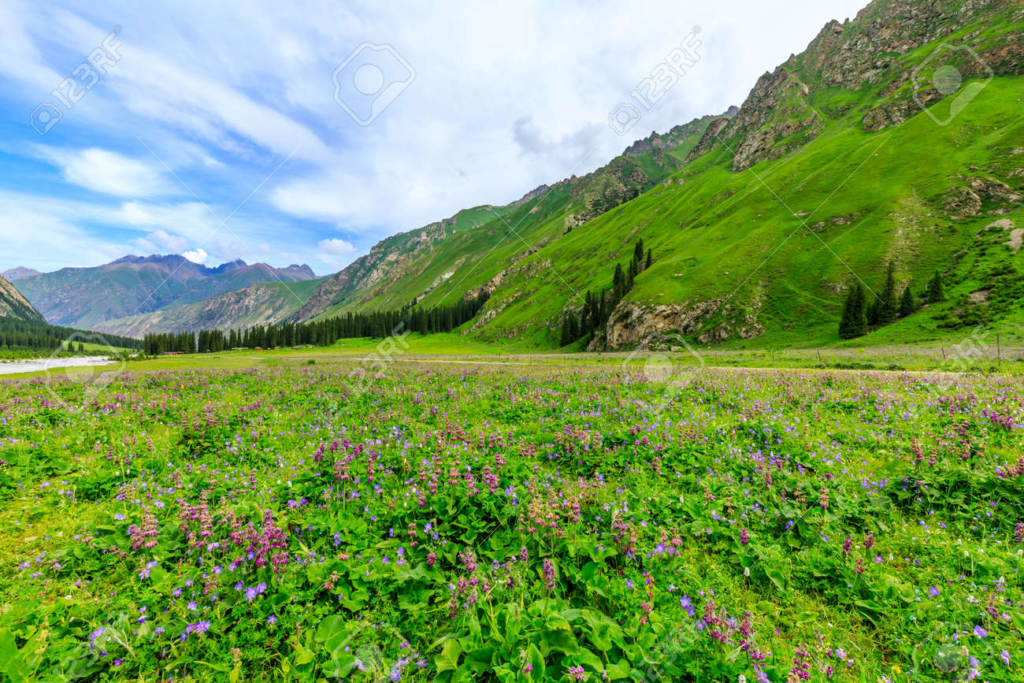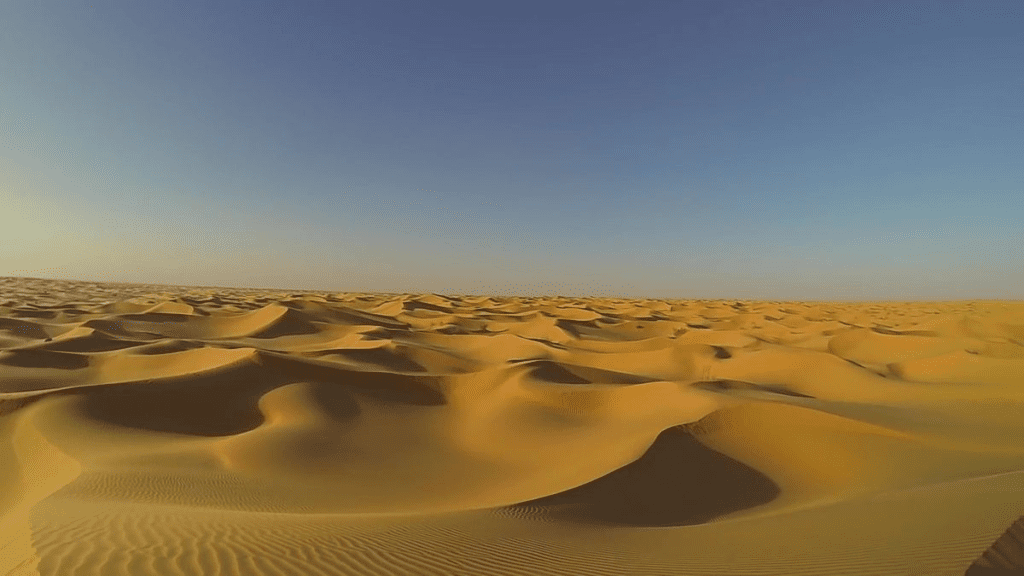Earth’s biosphere pulsates with a remarkable diversity of ecosystems, each a complex web of life intricately woven with its abiotic environment. These ecosystems transcend mere textbook descriptions; they are dynamic entities driven by a delicate balance of biological and physical processes. This delves into the captivating world of ecosystems, exploring their unique characteristics and the critical role they play in maintaining planetary health.
Unveiling the Symphony of Life
Ecosystems represent far more than static diagrams in biology textbooks. They are dynamic, self-organizing systems where a diverse cast of organisms – plants, animals, microorganisms – interact with the non-living environment in a remarkable symphony of life. Solar energy acts as the conductor, fueling the entire system. Plants, the primary producers, capture this energy through photosynthesis, forming the base of the food chain. Herbivores, the energetic consumers, graze on these producers, while carnivores function as top predators, regulating herbivore populations. Decomposers, the unassuming but essential decomposers, break down dead organic matter, returning vital nutrients to the soil, ensuring the cycle continues uninterrupted.
A Look at the Diverse Cast of Characters:
Our planet boasts a breathtaking array of ecosystems, each playing a distinct and vital role in the grand tapestry of life:
- Forest Giants: Towering rainforests, with their lush canopies and vibrant undergrowth, are the lungs of our planet. They act as carbon sinks, absorbing significant quantities of carbon dioxide, a major greenhouse gas, and releasing life-giving oxygen. These verdant cathedrals provide habitat for a staggering diversity of species, from apex predators like jaguars to a multitude of smaller mammals, insects, and birds. Rainforests remain a treasure trove of biodiversity, with countless species awaiting discovery.

- Oceanic Depths: The vast expanse of the oceans remains one of Earth’s greatest frontiers. This underwater realm is home to an astonishing diversity of life, from playful dolphins and graceful whales to bioluminescent creatures illuminating the inky depths. Oceans play a crucial role in regulating global climate by moderating temperatures and influencing atmospheric circulation patterns. Additionally, they provide vital food resources for humanity and are essential components of the global water cycle.

- Grassland Majesty: Sweeping plains covered in tall grasses define grasslands, a habitat teeming with grazing ungulates like zebras and wildebeest. These open ecosystems, often underestimated for their biodiversity, are essential for food production and support unique communities of plants and animals adapted to survive with limited rainfall. Understanding grassland ecosystems is crucial for ensuring sustainable agricultural practices.

- Desert Adaptations: Deserts, often viewed as barren wastelands, are surprisingly resilient ecosystems. Cacti, with their water-storing capabilities, and desert-adapted animals, like camels and fennec foxes, showcase remarkable adaptations for survival in harsh conditions. These arid landscapes play a crucial role in regulating global temperatures and offer a glimpse into the power of life to persevere in even the most challenging environments.

Threats to the Tapestry: A Call to Action
Human activities, from deforestation and pollution to unsustainable agricultural practices and climate change, pose a significant threat to the delicate balance of ecosystems. These disruptions have devastating consequences, leading to the extinction of species, habitat loss, and a decline in ecosystem services that benefit humanity, such as clean water, food production, and flood control.
Weaving a Sustainable Future:
The future of our planet and well-being of all living things depend on our ability to protect the ecosystems that sustain us. We can become stewards of the environment by implementing sustainable practices, reducing our carbon footprint, and advocating for policies that promote biodiversity conservation.





